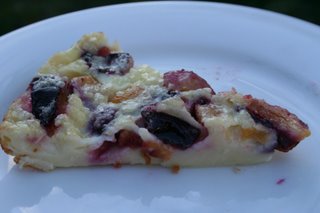I found this poem in an old book at the library. Perhaps not totally politically correct, nor the best piece of literature, however, those who have visited the Kootenay's will undoubtedly remark that in close to 100 years, in some ways not much has changed in these parts.
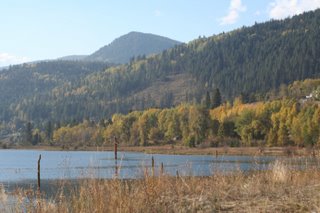 Kootenay Lake
Kootenay Lake
Down in the Kootenays,
Live a lot of Folkses
Some of them are human
And some are just jokses.
But all are very happy
In a quiet sort of way, --
Never very gloomy
And never very gay.
The climate is so temperate --
For Canada, you know --
It only get just cold enough
To put a coat of snow
Up upon the mountains,
Making them so white
And wonderful to look at,
On a moonlight night.
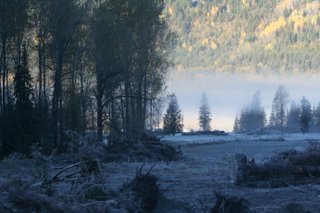
And then there comes the Spring,
When the birds begin to sing
And all the Kootenay poets
Make "sing" rhyme with "spring;"
But no one ever reads them
So it doesn't matter much
If they're written with a rhyme, at all
Or just in double Dutch.
But the Spring is quite delightful,
The water is so blue
One would have to be a Shakespeare
To paint it all for you;
When all the woods are washed
In a little April Shower
And all the mountains seem to get
Much greener every hour.
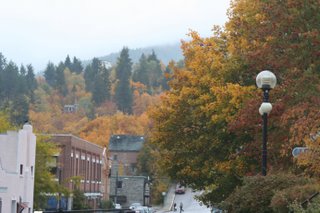
And then there comes the Summer
With its hot, dry, sun;
With its swimming, fishing, boating
And every kind of fun;
With everybody busy
The whole day long, --
Done nothing in particular
And that not long.
and after that, the Autumn--
Or as they say "The Fall"
Which aesthetic people claim
Is the best time of all;
With Nature running riot
In Brown, Red and Gold
And the trout cooking better,
For the water's getting cold.
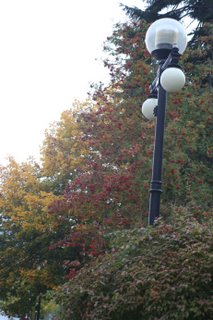
And all through the year
There come the Kushanook,
The Nasookin and the Moyie
Into every little nook,
Wherever there's a settler
A Mine camp or town,
They call for freight and passengers
All up the lake and down.
Sometimes they will land you
Upon a solid wharf.
Somtimes upon the beach
They have to push you off.
But always quiet and courteous,
And always with a smile, --
Which makes it very pleasant
And a trip worth while.

That is why on our Lake,
Live a lot of Folkses,
Some of whom are human
And some are just Jokses.
But all are very happy,
In a quiet sort of way.
And after that, why after all,
There's nothing more to say.
Taken from Kootenay Kuts and Other Jingles --
A Small Collection of Rhymes and Reasonings of a Rambling Rancher
Pherewan Brown, 1929
 Despite their beauty, I can't help but think how sorrowful the leaves look with the droplets of water. Perhaps it's just me suffering from melancholy at the realization that this will soon all be over and winter will be here.
Despite their beauty, I can't help but think how sorrowful the leaves look with the droplets of water. Perhaps it's just me suffering from melancholy at the realization that this will soon all be over and winter will be here. This tree (sadly) is not in my yard, but I felt that I had to include it. It just seems so majestic and grand at this time of year.
This tree (sadly) is not in my yard, but I felt that I had to include it. It just seems so majestic and grand at this time of year.





















